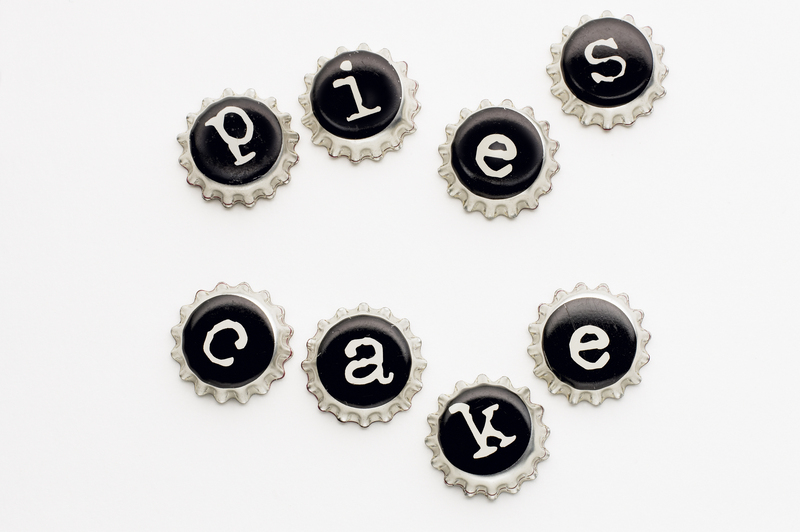What You Should Know About Safe PPE Waste Disposal
PPE waste disposal has become a critical topic in recent years, particularly in the wake of the COVID-19 pandemic. As personal protective equipment (PPE) like masks, gloves, face shields, and gowns became essential in healthcare facilities, businesses, and daily life, an unprecedented surge in PPE waste was witnessed worldwide. Understanding the safe disposal of PPE waste is vital for protecting both public health and the environment.

Understanding PPE Waste
PPE, or Personal Protective Equipment, refers to items worn to minimize exposure to hazards that cause serious workplace injuries and illnesses. The most common forms of PPE include:
- Masks and respirators
- Gloves
- Gowns and aprons
- Face shields and goggles
- Shoe covers
Improper PPE waste disposal can lead to contamination, spread of infectious disease, and severe environmental problems.
Why Safe PPE Waste Disposal Is Important
The proper disposal of Personal Protective Equipment is more than just a safety measure--it's a responsibility. PPE waste is categorized as potentially hazardous material due to its contact with infectious agents, chemicals, or biological contaminants.
- Public Health Protection: Infectious agents on PPE can spread diseases if not disposed of safely.
- Environmental Impact: Most PPE is made from synthetic materials like polypropylene, which do not biodegrade and can pollute soil and waterways.
- Occupational Safety: Incorrect disposal endangers waste management workers who may be exposed to infectious agents.
The Consequences of Improper PPE Waste Management
Failing to follow safe PPE waste disposal practices can result in significant risks, such as:
- Increased spread of infectious diseases
- Environmental pollution by microplastics
- Legal liabilities and penalties for non-compliance
- Negative public image and loss of trust
Types of PPE Waste and Their Risks
There are different categories of PPE waste, and each comes with its own disposal requirements:
- Non-infectious PPE waste: Unused or uncontaminated PPE that can be managed with general waste streams.
- Infectious PPE waste: Items that have come into contact with harmful pathogens (such as in hospitals or labs) and require special disposal methods.
- Chemically contaminated PPE: Used in settings where PPE is exposed to hazardous chemicals, requiring specific protocols.
Potential Environmental Hazards
The vast majority of PPE items are made from plastics and other synthetic materials. When incorrectly discarded, these materials can:
- Release microplastics into water systems
- Choke wildlife who mistake PPE for food
- Clog waste management facilities
Best Practices for Safe PPE Waste Disposal
Ensuring the safe disposal of PPE waste involves multiple steps, from segregation to final disposal. Here are the top best practices for individuals, organizations, and healthcare facilities:
1. Segregation at the Source
Always separate used PPE from regular waste. Use designated bins and bags, preferably marked with biohazard symbols for contaminated PPE. Segregation helps prevent accidental contamination and simplifies later handling.
2. Use of Appropriate Containers
- For infectious waste, use leak-proof, puncture-resistant containers or bags (usually yellow or red)
- Ensure containers are always properly sealed before transport
- Label all containers with the appropriate hazard symbols
3. Organized Collection and Storage
Designate specific collection points within your facility or home. Do not overfill PPE waste bins, and avoid storing contaminated items for extended periods to reduce the risk of pathogen proliferation.
4. Safe Transportation
PPE waste should be transported by trained personnel, using designated routes and vehicles. Local waste management authorities often provide pickup services for hazardous or medical waste; always adhere to their guidelines and schedules.
5. Proper Disposal Methods
The final disposal method for PPE waste depends on its contamination risk:
- Incineration: The most common and effective method for infectious PPE. High temperatures destroy pathogens and reduce the waste to ash.
- Autoclaving: For certain items, steam sterilization is used to make waste safe for landfilling.
- Landfilling: Non-infectious PPE, once decontaminated, can be securely buried in landfills.
- Recycling: Some uncontaminated PPE items (like certain types of face shields) may be recyclable, but always check local guidelines.
Safe PPE Waste Disposal in Different Settings
Different environments face unique challenges when it comes to responsible PPE waste disposal:
Healthcare Facilities
- Follow strict infection control protocols for collecting and storing used PPE.
- Assign select staff for waste management duties.
- Use autoclaves and incinerators in accordance with regulations.
Businesses and Offices
- Educate staff about identifying and disposing of PPE waste.
- Provide separate waste bins in washrooms and entrances.
- Coordinate with licensed hazardous waste disposal companies.
Homes and Public Spaces
- Place used masks, gloves, and wipes in separate bags before putting them in general trash.
- Never litter PPE items on streets or parks.
- Wash hands thoroughly after handling used PPE.
Legal and Regulatory Requirements
Most countries have instituted clear guidelines for the safe disposal of PPE waste, especially after the pandemic. Examples include:
- OSHA's Bloodborne Pathogens Standard (for US workplaces)
- World Health Organization's COVID-19 waste management guidelines
- EPA and CDC recommendations for public and healthcare sectors
_Failure to comply with these regulations can result in fines, legal action, and reputational harm._
Environmental Implications of PPE Waste
Millions of tons of PPE waste have been generated globally since 2020. These items, if not properly disposed of, can have lasting environmental consequences:
- Oceans and rivers clogged with disposable masks and gloves
- Wildlife mortality due to ingestion or entanglement in discarded PPE
- Microplastics from degrading PPE entering the food chain
- Strain on landfills and waste management infrastructure
*Safe PPE waste handling* is crucial for mitigating these environmental hazards.
Innovative Trends in PPE Waste Management
To address the environmental challenges of PPE waste, new solutions are emerging:
- Biodegradable PPE: Research and production of PPE made from plant-based or compostable materials.
- PPE Recycling Programs: Innovative technologies to recycle masks and gloves into construction materials or fuel.
- Public Awareness Campaigns: Spreading information on safe PPE waste disposal to reduce littering and improper handling.
How You Can Help Reduce PPE Waste
- Only use PPE when necessary; don't use disposable items when reusable alternatives are available.
- Properly segregate and dispose of used PPE.
- Support or initiate PPE recycling initiatives in your community.
- Educate others about the importance of safe PPE waste disposal.

Frequently Asked Questions About PPE Waste Disposal
1. Can PPE waste be recycled?
Some uncontaminated PPE (like face shields) can be recycled, but most items, especially those contaminated, require incineration or landfilling. Newer recycling programs are emerging in some regions.
2. How should I dispose of PPE at home?
Place all used masks, gloves, and related items in a sealed bag. Dispose of it with your regular trash, but avoid mixing with recyclables. Always wash your hands after handling.
3. Why can't used masks and gloves go in regular recycling?
PPE often contains mixed materials and may be contaminated, posing a risk to recycling workers and rendering items unsuitable for regular recycling streams.
Conclusion: Making PPE Waste Disposal Safe for All
Proper PPE waste disposal is an essential public health practice that helps reduce disease transmission and protect our environment. Whether you are a healthcare worker, business owner, or an individual, staying informed about the latest safe PPE disposal procedures ensures a healthier and more sustainable future.
- Always practice source segregation and use appropriate containers.
- Educate staff and family members on the right methods of PPE waste handling.
- Stay updated with local and international guidelines for PPE waste management.
- Support and seek out innovative solutions to reduce, recycle, or safely dispose of PPE waste.
By adopting safe and responsible personal protective equipment waste disposal methods, we can all play a part in safeguarding public health and preserving our planet for future generations.
